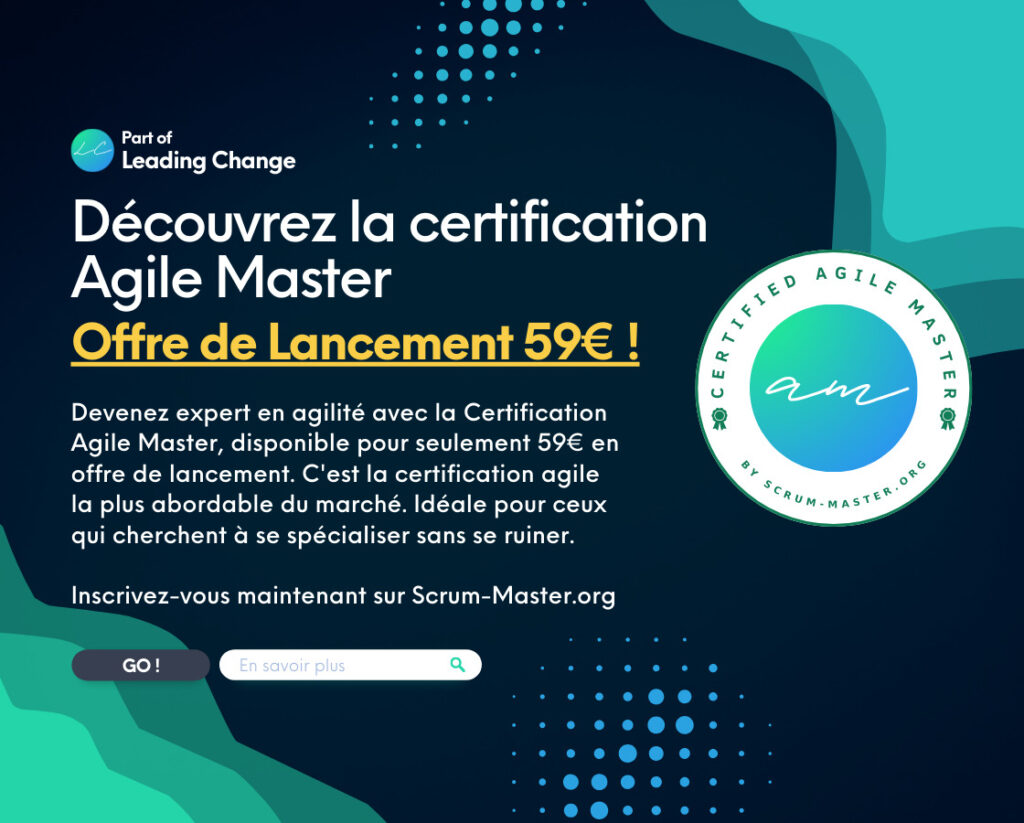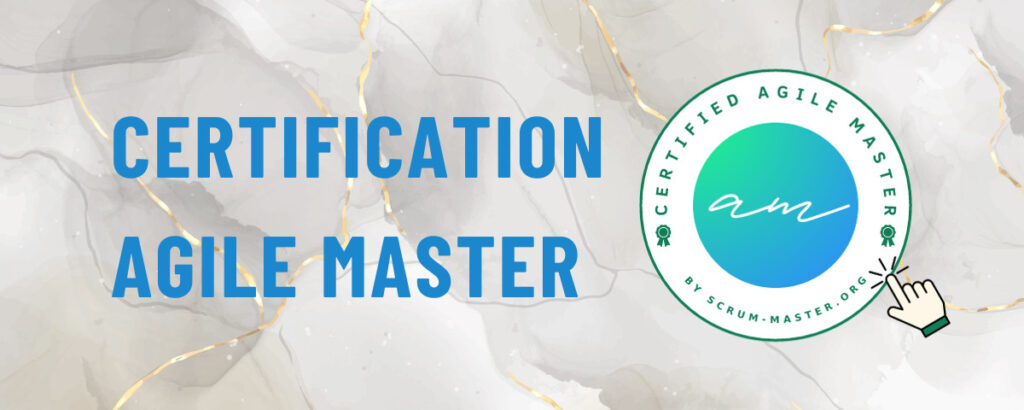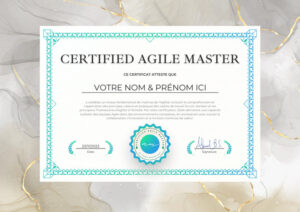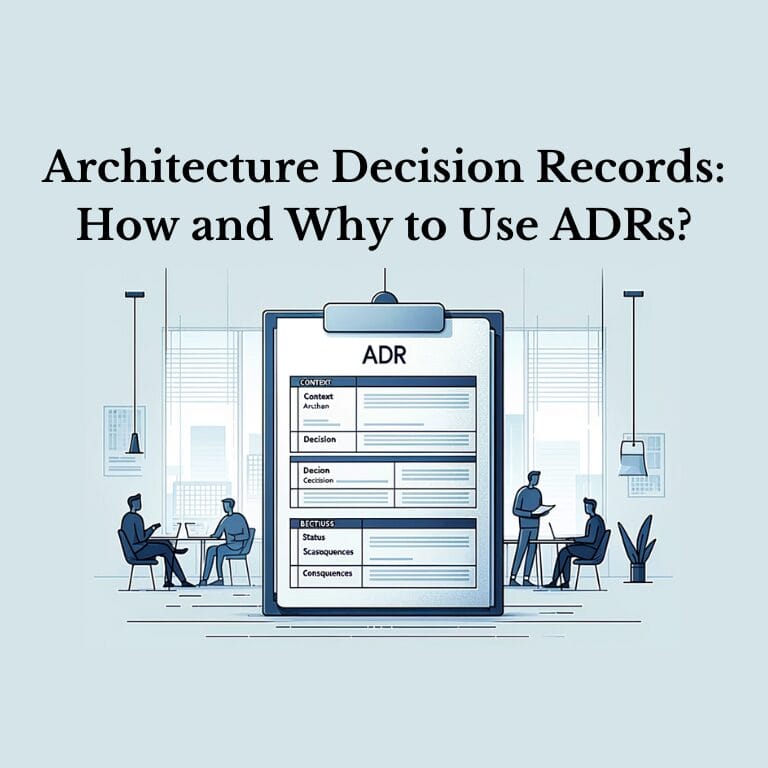The Scaled Agile Framework (SAFe®) incorporates a pivotal concept: the Architectural Runway. This term, vital for SAFe® professionals, refers to the pre-existing technical infrastructure necessary for the rapid development of new features.
Understanding the Architectural Runway is crucial for anyone involved in SAFe projects as it enables agile and efficient delivery while ensuring systems remain flexible and maintainable over the long term.
In this article, we delve into this concept, offering examples, explaining its significance, and its role in enhancing the speed and success of scaled agile projects.
In SAFe, the Architectural Runway consists of the existing technical infrastructure and system components that support the integration of new functionalities without requiring a significant overhaul with each evolution.
It acts as a foundation for agile development, allowing teams to swiftly deliver features while maintaining the system’s flexibility and scalability. Just as a building’s solid foundations allow for the addition of extra floors without compromising the structure, the Architectural Runway provides a stable base upon which new features can be rapidly and safely developed.

Imagine a SAFe train working on developing a mobile app or a website. Here’s an example of an Architectural Runway for this context:
- Base Infrastructure: The SAFe train (ART) establishes a robust base infrastructure, including servers, databases, and scalable cloud services suited for the rapid deployment of application features.
- Security Framework: An integrated security framework from the start (Security by Design) to protect user data and transactions, crucial for mobile apps and websites.
- Reusable APIs and Services: Creation of reusable APIs and services (As-a-Service) that allow for easy integration and evolution of the application, facilitating the addition of new features without major overhaul
- Modular UI/UX: Implementation of a modular and adaptable user interface for a consistent user experience across different devices and platforms.
This example underscores the significance of a well-crafted Architectural Runway. With this solid foundation, development teams can confidently build new features. This modular and scalable base promotes agility and flexibility, avoiding heavy redesigns and focusing efforts on creating value aligned with business challenges.
The Importance of the Architectural Runway
Facilitating Agile Development
The Architectural Runway is critical in SAFe as it enables rapid and reliable delivery of new features. Without it, teams may face significant delays, as they often need to rebuild or deeply revise the existing architecture to accommodate new user needs or business challenges.
Supporting Flexibility and Maintenance
A well-designed and maintained Architectural Runway provides a solid foundation for continuous development. It ensures that the necessary infrastructure is already in place for future features, thus reducing the risk of unexpected technical issues. This allows teams to remain agile and responsive to the changing demands of the market or the business.

Construction and maintenance of the Architectural Runway
Creating the Technical Infrastructure
Building the Architectural Runway involves strategic planning and technical implementation. Architects (SAE or System Archtect/Engineering) and engineering teams work together to develop an infrastructure that can support both current and future needs.
This planning includes evaluating existing technologies, selecting new ones, and designing a flexible, scalable architecture.
Continuous Investment
A key aspect of the Architectural Runway is continuous investment. It’s not a one-time effort but an ongoing process that requires regular updates to remain relevant. Organizations need to allocate resources to maintain and enhance their infrastructure, ensuring it can support the rapid pace of changes in Agile development environments.

Integrating Architectural Runway into Agile Development
Collaboration between teams and architects
Integrating the Architectural Runway into the Agile lifecycle requires close collaboration between development teams and System Architects. Architects provide guidance and advice, while Agile teams implement the necessary infrastructure during their development sprints. discover our article specifically written around the role of System Architect/Engineering in SAFe.
Alignment with corporate objectives
The Architectural Runway must be aligned with the company’s long-term strategic objectives. This ensures that infrastructure investments support business initiatives and market requirements, while remaining adaptable to future changes.
Continuous Assessment and Adjustment
Regular evaluation of the Architectural Runway’s effectiveness is essential. Organizations need to review and adjust their infrastructure to ensure it keeps pace with the evolving needs of projects and teams.
Conclusion
In conclusion, the SAFe Architectural Runway is much more than a technical infrastructure. It’s an essential component that provides a solid, agile foundation for project development. It enables teams to focus on delivering value quickly, while ensuring the flexibility needed to adapt to changing requirements.
This approach minimizes costly redesigns, optimizing efficiency and aligning development efforts with the company’s strategic objectives. The Architectural Runway is therefore a fundamental pillar that facilitates harmonious and efficient technical evolution, essential to the success of agile initiatives in a constantly evolving technological environment.
To find out more about Architectural Runway in SAFe, please consult the official definition on the SAFe website here.
Copyright : SAFe® and Scaled Agile Framework® are registered trademarks of Scaled Agile, Inc.










